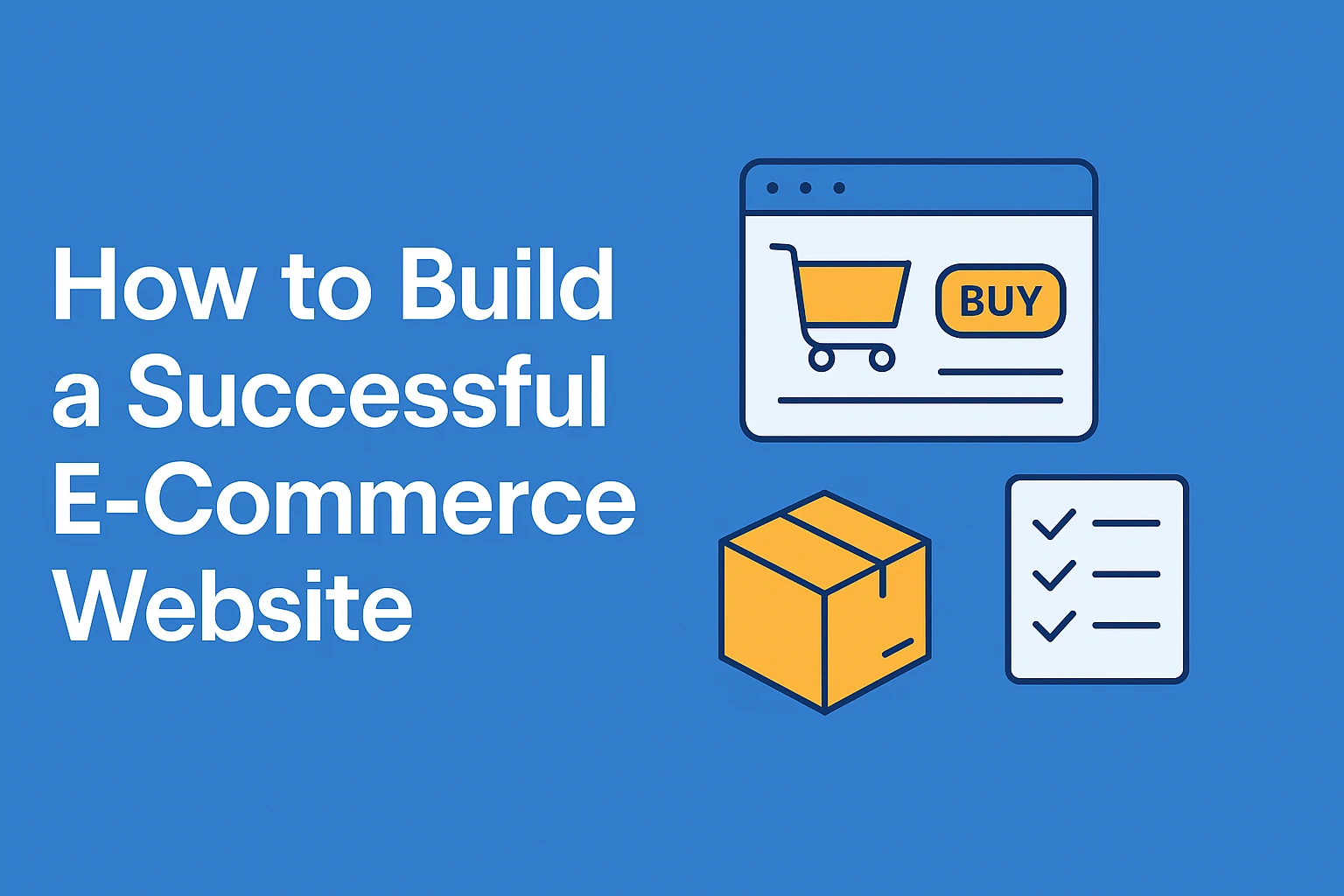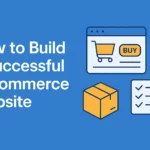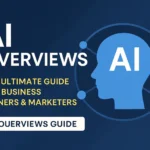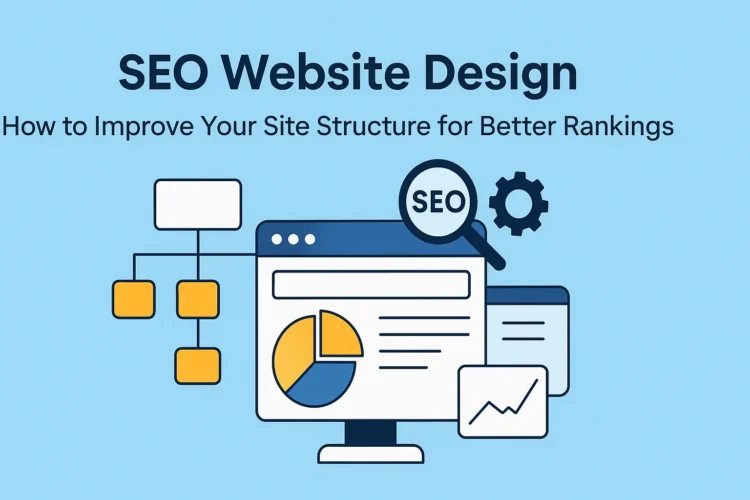
Why This Guide Matters
Today, it’s easier than ever to launch an e-commerce website, but will it be successful? That is an entirely different game. Your one-stop resource for creating an e-commerce website that not only looks fantastic but also converts, ranks, and expands is this Markitiv guide.
It’s not a sales pitch. In line with Google’s most recent E-E-A-T and AI-overview-ready guidelines, it is a useful playbook full of tactics, long-tail keyword insights, and practical advice.
Define Your Niche, Goals, and Audience
Prior to selecting a theme or platform, consider the following:
- Which issues are resolved by your product?
- To whom are you selling? (Age, place, and actions)
- Do you offer digital, subscription, or physical goods for sale?
- What distinguishes you from rivals?
Consider popular question-based keywords such as “best skin care products for men in Kerala” or “budget handmade jewellery for weddings.”
To identify precise search terms that are pertinent to your product, use tools such as Ubersuggest and Google Keyword Planner.
Choose the Right E-Commerce Platform
Not every platform suits every business. Here’s a quick breakdown:
| Platform | Best For | Pros | Cons |
|---|---|---|---|
| Shopify | Beginners, fast setup | Easy to use, 100+ templates | Monthly fees, limited SEO |
| WooCommerce | WordPress users, SEO control | Fully customizable, open-source | Requires hosting knowledge |
| Magento | Large businesses with dev teams | Enterprise features, scalable | High dev cost, complex |
🔗 Want a deeper dive? Choosing the Right Web Development Company: Why Markitiv Is Your Ideal Partner
Optimize Your Website Structure for SEO
The structure of your website has a significant impact on organic ranking:
✅ Make use of focus keywords and descriptive URLs (e.g., /organic-baby-products-kochi).
✅ Use an H1 → H2 → H3 hierarchy to organise pages.
✅ Make responsive design a top priority for mobile devices.
✅ Use breadcrumbs, schema markup, and internal links to increase crawlability.
Related read: SEO-Friendly Website Design: The Complete Structure Guide
Plan Product Pages That Convert
Product pages for e-commerce must:
- Add transactional, long-tail keywords (such as “buy men’s leather wallets online in India”).
- Show crisp, high-resolution pictures.
- Add reviews, trust badges, and delivery and return information.
- Make use of persuasive CTAs such as “Try Now” or “Add to Cart.”
- Use product schema markup to increase the visibility of AI.
Craft a Seamless User Journey
Cut down on friction at every turn:
- Auto-suggested site search bar
- Add-to-cart functionality with just one click
- Sticky navigation and a mobile-first design
- Multiple payment options and guest checkout
- Updates on shipping and inventory in real time
Metaphor: Consider your website to be similar to a store. Lost foot traffic is the result of a confusing layout. More sales result from a more seamless path.
Content Marketing & SEO Integration
SEO isn’t limited to blog entries. Use it across the entire website:
- Include a FAQ section with Q&A that is optimised for voice search.
- Write blogs about specialised subjects, such as “How to choose eco-friendly gifts for festivals in India.”
- Focus on high-conversion, low-competition queries.
📌 To establish topical authority, create content hubs centred around key themes (such as “handmade gifts,” “men’s grooming”).
Read: AI Overviews: The Ultimate Guide for Business Owners & Marketers
Use Social Proof & Trust Signals
Trust sells:
- Showcase actual customer reviews
- Display user-generated content (UGC) from YouTube or Instagram.
- Include success metrics, such as 10,000+ happy customers.
- Add a biography of a founder or author who has the know-how to create E-E-A-T.
Add Strategic CTAs
Use context-based calls to action to help your users:
✅ “Subscribe for weekly deals” (for readers of blogs)
✅ “Need assistance making a decision? Try our product quiz.
✅ “Download our e-commerce checklist” (for leads)
Don’t Launch Without These Essentials
✅ SSL certificate + GDPR compliance
✅ Fast hosting + CDN integration
✅ Google Analytics 4 + Search Console setup
✅ Abandoned cart recovery
✅ Email marketing automation
Need help with setup or optimization? Talk to our web development experts
Post-Launch: Market & Optimize
After you launch:
- Run Meta Ads and Google Shopping Ads to retarget visitors.
- A/B test banners and product descriptions
- Get content ideas by using AI tools like ChatGPT.
- Keep an eye on SEO performance on a regular basis.
It depends on features, platform, and design complexity. Basic sites start around ₹20,000–₹50,000; custom builds can go beyond ₹1 lakh.
A basic Shopify or WooCommerce site can take 2–4 weeks. Custom sites with integrations may take 6–12 weeks.
Shopify is best for ease and speed. WooCommerce offers more SEO control and flexibility.
Yes, you can start with keyword research, optimized product titles, and blogs. But technical SEO often needs expert help.
Long-tail keywords, internal linking, schema markup, fast loading speeds, mobile optimization, and content clusters.
Final Thoughts
It takes more than just design work to create a successful e-commerce website. You give your website the best chance of drawing in visitors, keeping them interested, and encouraging them to convert by coordinating your approach with Google’s E-E-A-T principles, AI-overview standards, and actual user intent.
Markitiv can assist you if you’re prepared to transform your concept into a successful e-commerce website.





